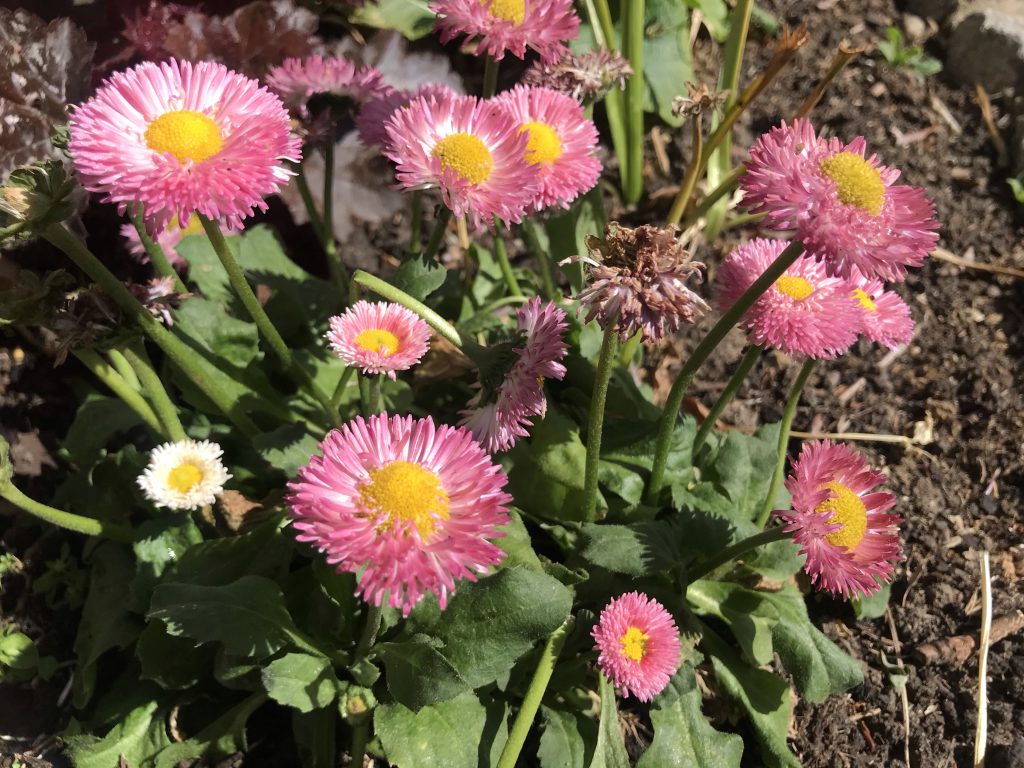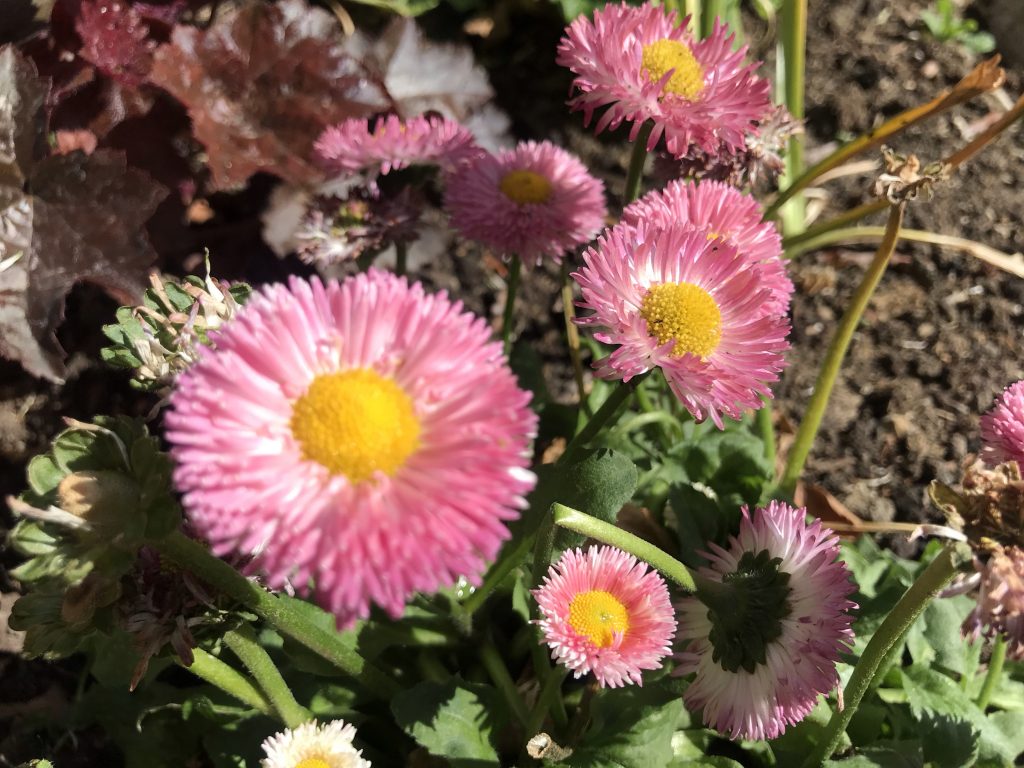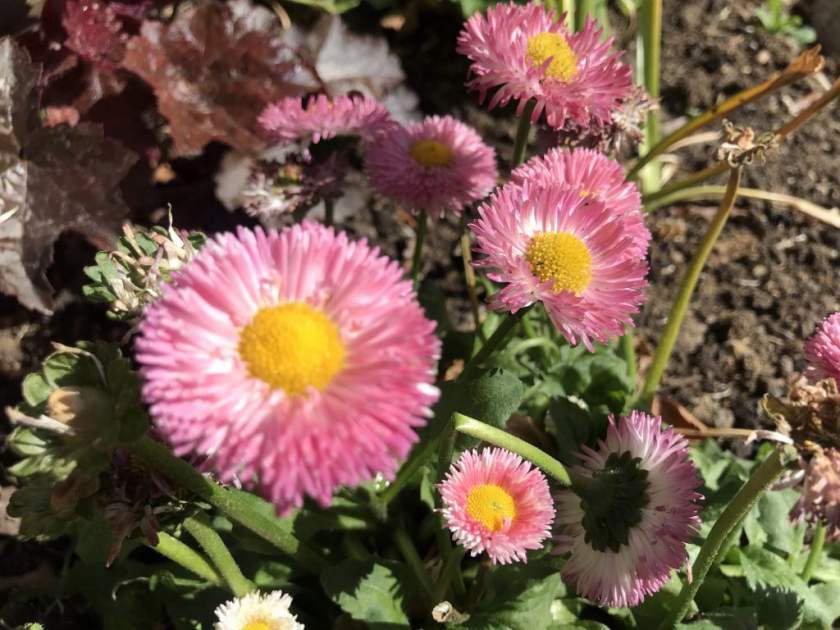Bellis perennis: The Enchanting Common Daisy
Introduction and Varied Names: Bellis perennis, widely known as the Common Daisy, also goes by other charming names such as Meadow Daisy, Lawn Daisy, Bruisewort, Woundwort, or English Daisy. This delightful spring bedding flower belongs to the Asteraceae family of plants and is native to Europe.
Diverse Flower Varieties and Herbaceous Perennial Traits: The dainty flowers of Bellis perennis bear a striking resemblance to traditional daisies, with their characteristic yellow centers and delicate white petals. However, nature offers a variety of options, including shades of white, pink, and even reddish-pink blossoms. As an herbaceous perennial, this enchanting flower exhibits short creeping rhizomes, allowing it to readily colonize lawns and serve as an excellent ground cover.
Landscape Beauty and Versatility: Bellis perennis is a popular choice for adding beauty to landscapes and gardens, often planted in conjunction with spring bulbs and other flowers. Its ability to flourish in various environments, coupled with its charming appearance, makes it a welcome addition to any garden bed or lawn.
Cultivation Tips for Bellis perennis:
Light and Soil Requirements: Bellis perennis thrives in full sun or partial shade. Ensure the soil is well-drained to prevent waterlogging and maintain optimal growing conditions for these delightful blooms.
Flowering and Deadheading: With consistent deadheading, Bellis perennis flowers generously throughout the summer, prolonging the beauty and vibrancy of your garden. Regularly removing spent flowers encourages the plant to produce new blossoms.
Propagation Methods: Bellis perennis can be propagated through divisions or seeds. Consider dividing mature clumps or sowing seeds to expand your collection of these charming daisies. They are known for their ease of cultivation and resistance to pests.
Biennial or Perennial Nature: Bellis perennis can exhibit both biennial and perennial growth habits, adding versatility to your garden. Enjoy the long-lasting presence of these flowers or treat them as biennials, allowing for new plantings each year.
Bellis perennis: A Plant with Culinary and Medicinal Uses:
The young leaves of Bellis perennis are edible and can be consumed as a fresh addition to salads. The flowers, too, make a delightful addition to salads, soups, or even herbal teas, offering a subtle and unique flavor. Throughout history, Bellis perennis has been utilized in herbal medicine for its astringent properties. Romans extracted the juice from the flowers to soak bandages for wound healing, while in Austria, it is brewed as tea to address gastrointestinal disorders.
Delight in the allure of Bellis perennis, the Common Daisy, as it graces your gardens with its charming presence. Whether as a ground cover, a focal point in flower beds, or a source of culinary and medicinal benefits, these daisies add a touch of natural beauty and versatility to your outdoor spaces. Embrace the joy of cultivating Bellis perennis and savor its delightful blooms throughout the seasons.






